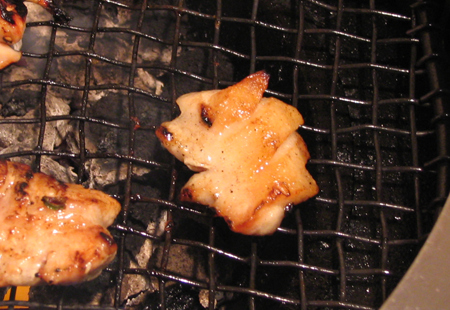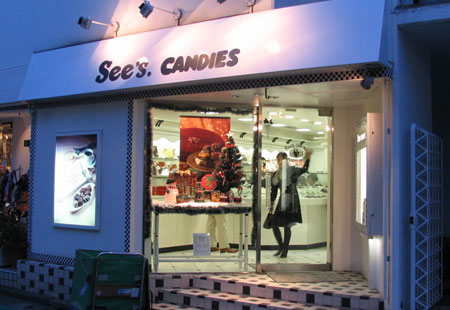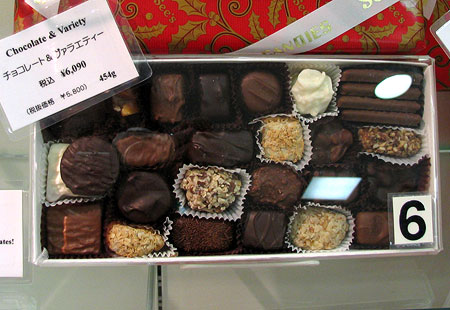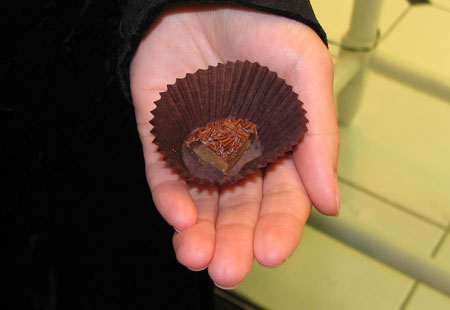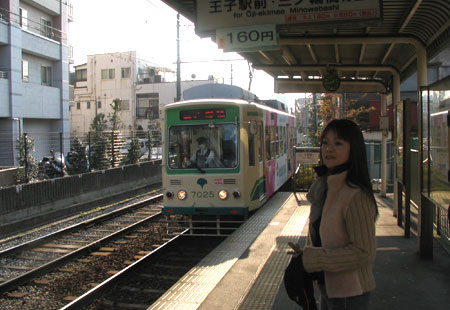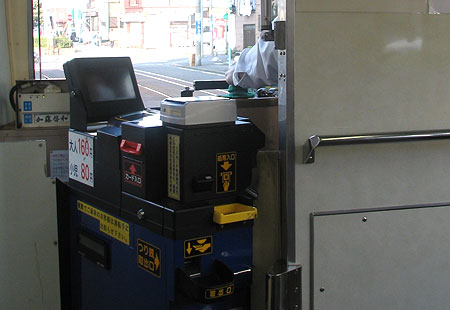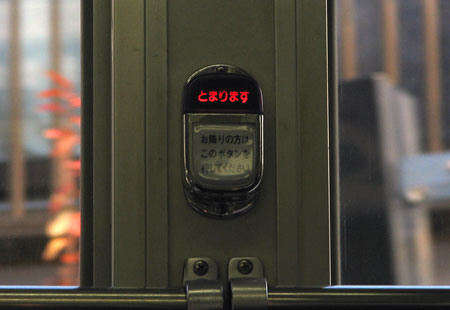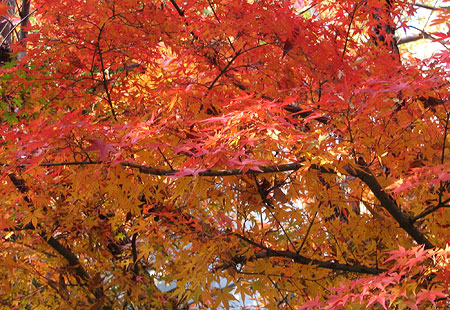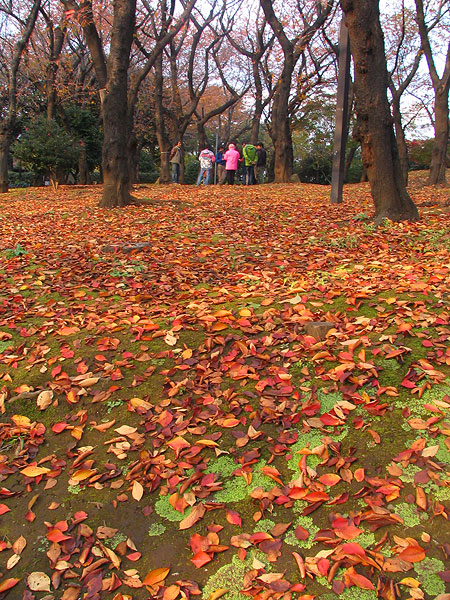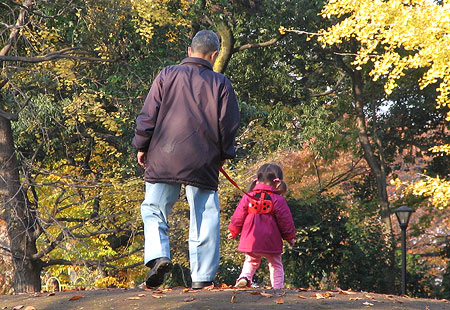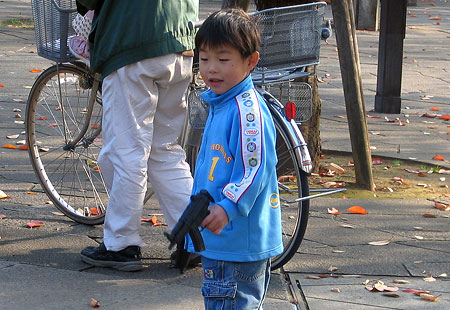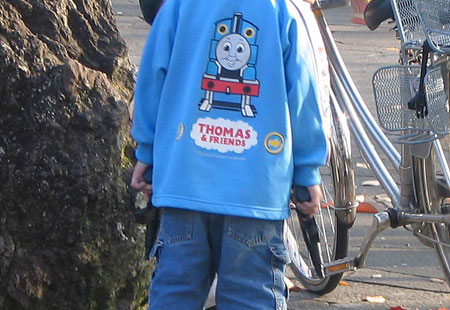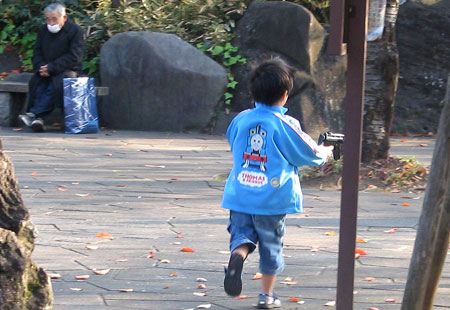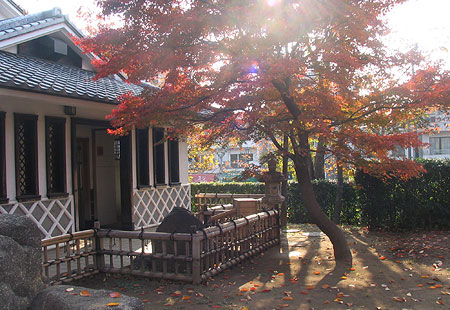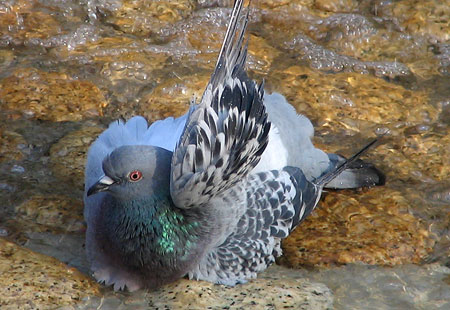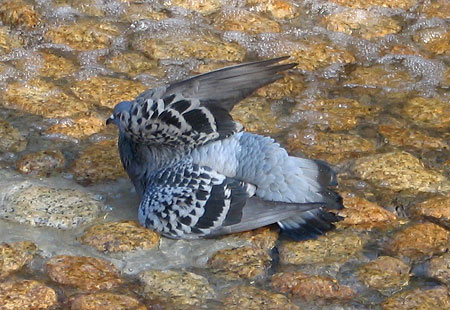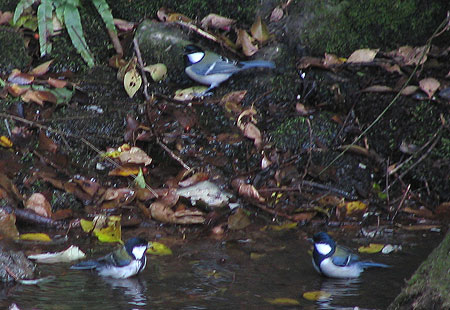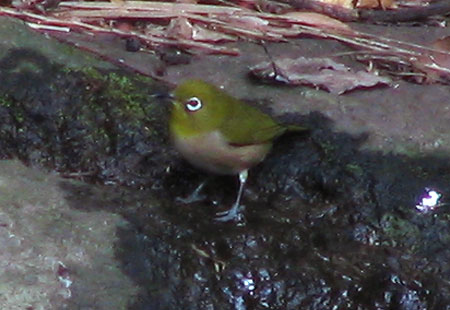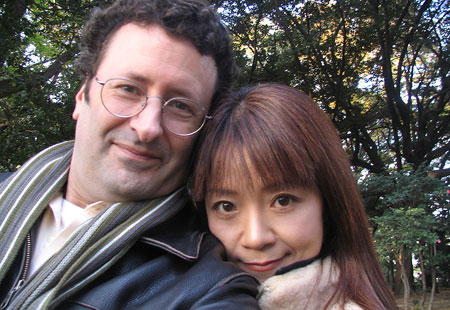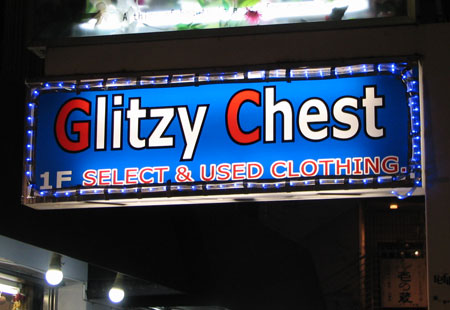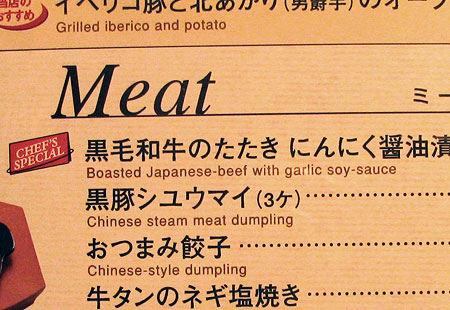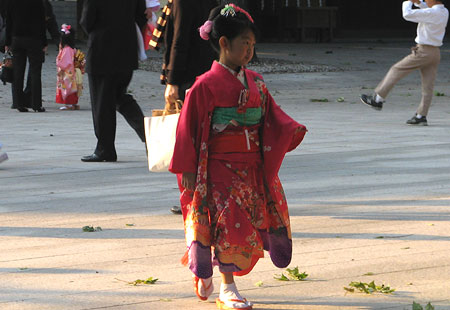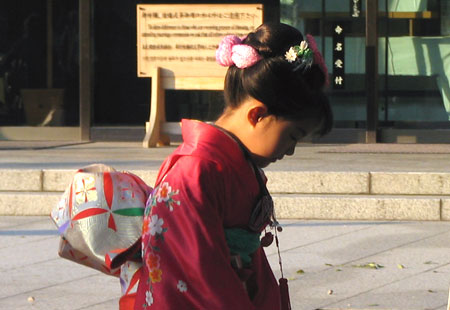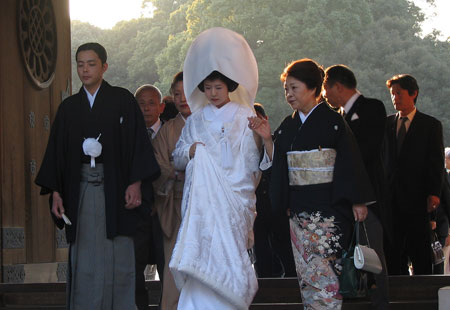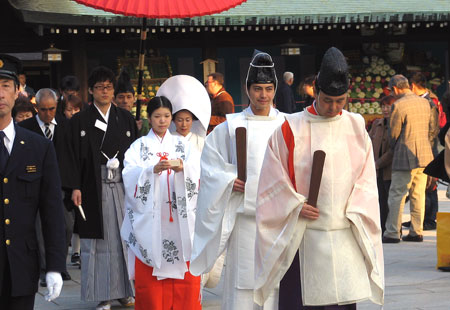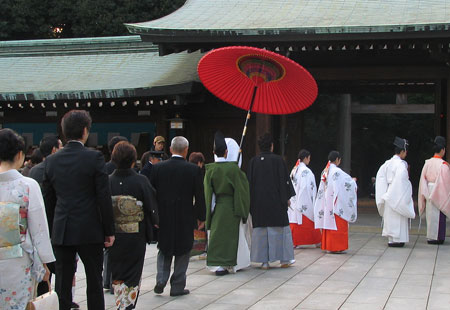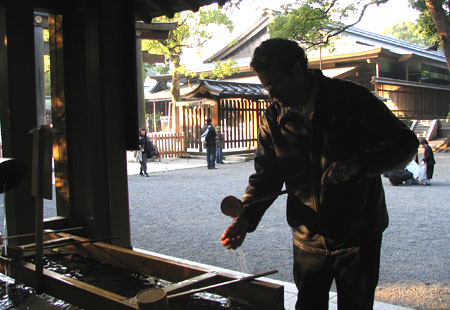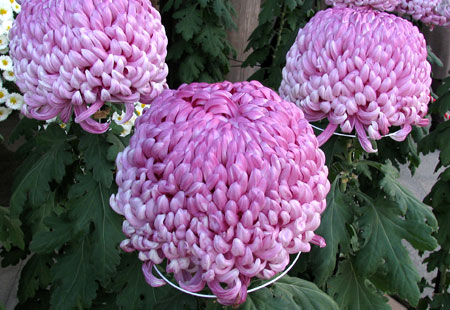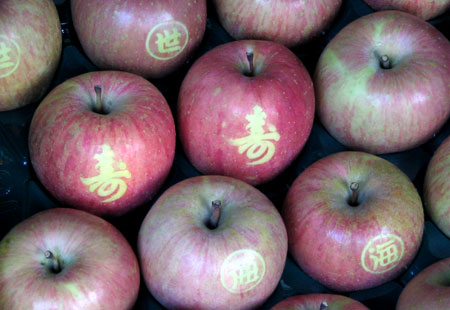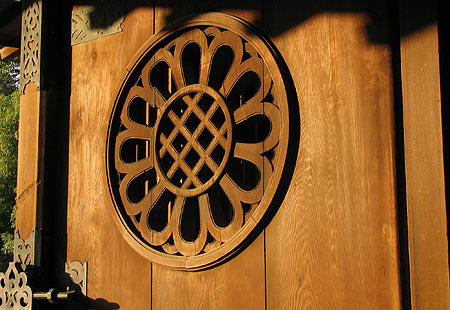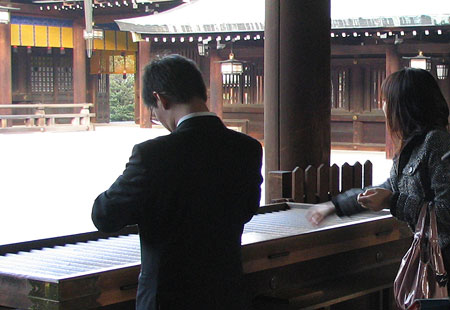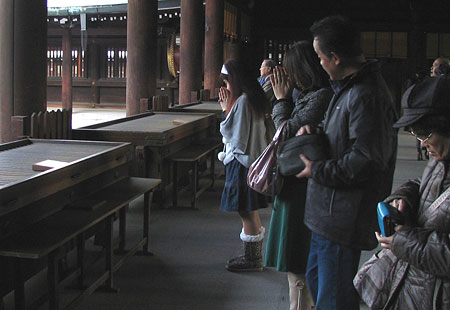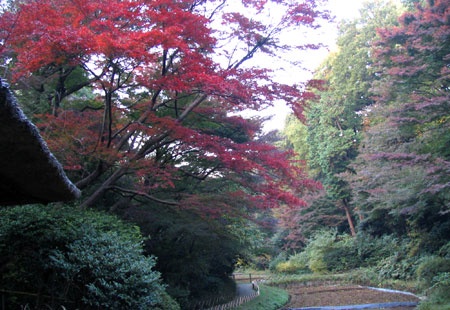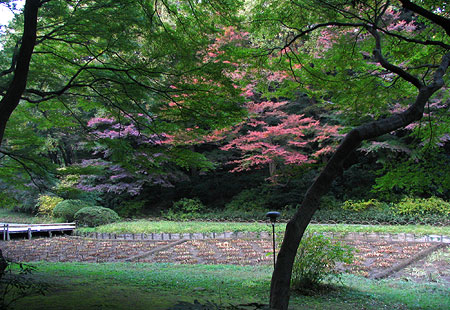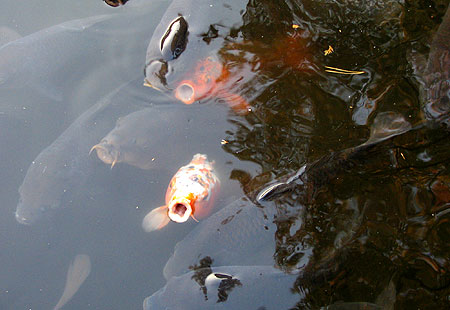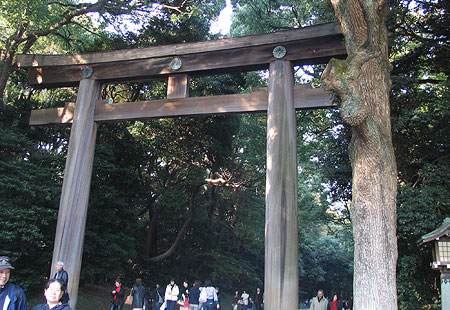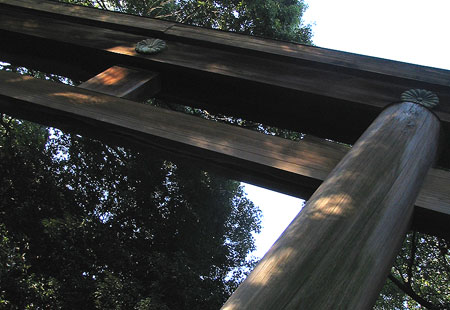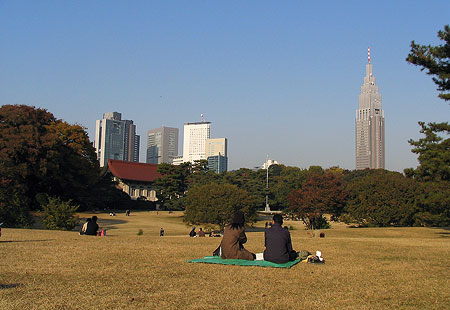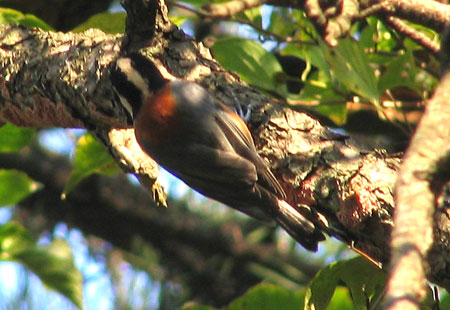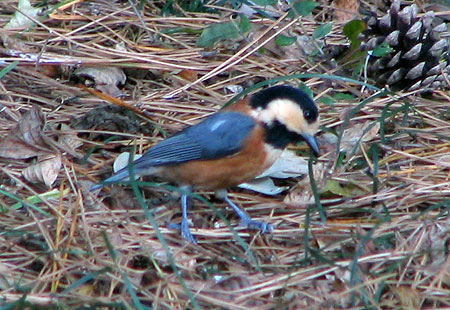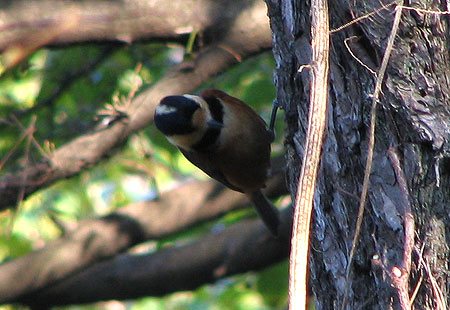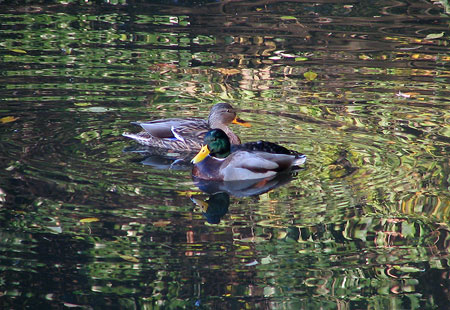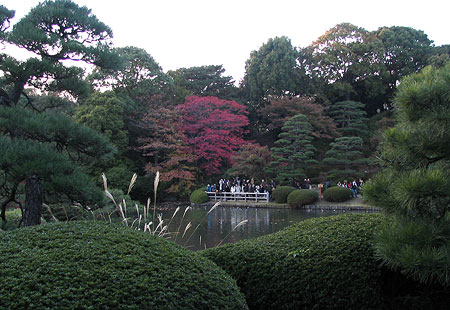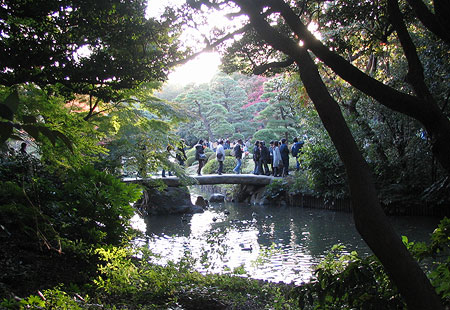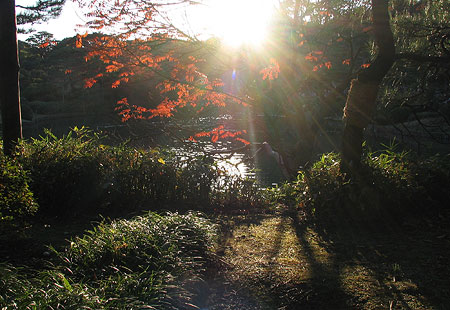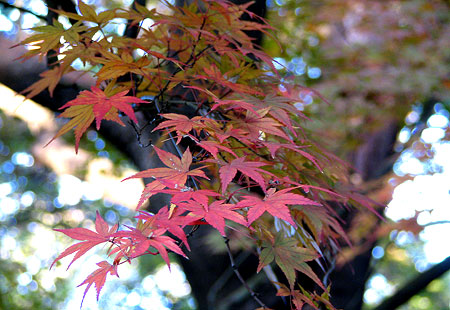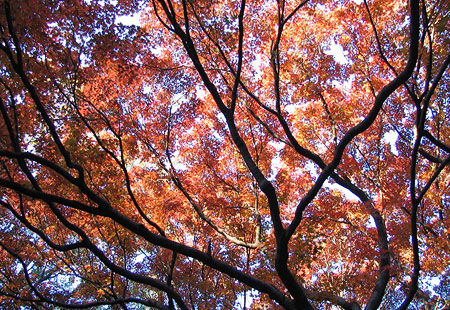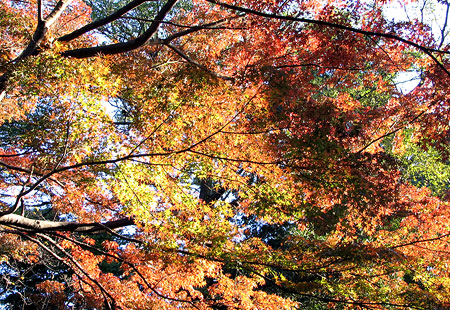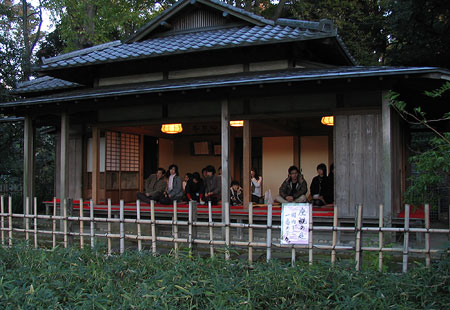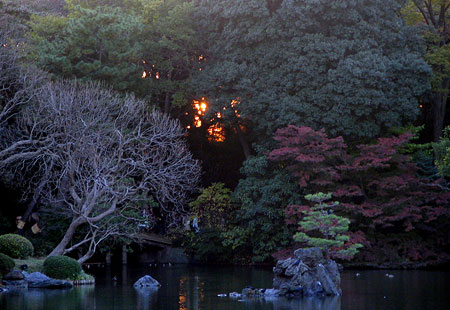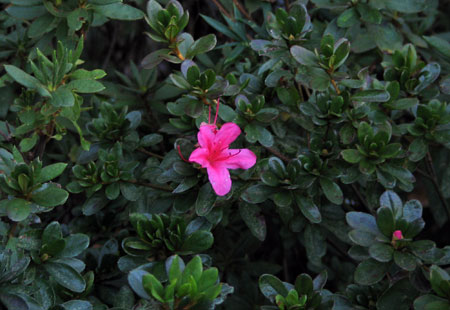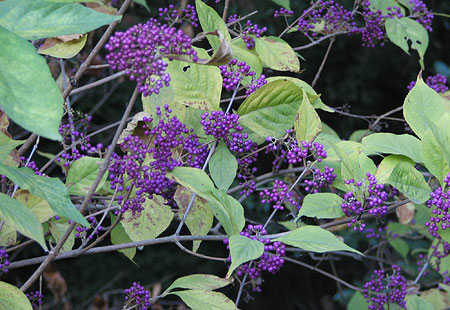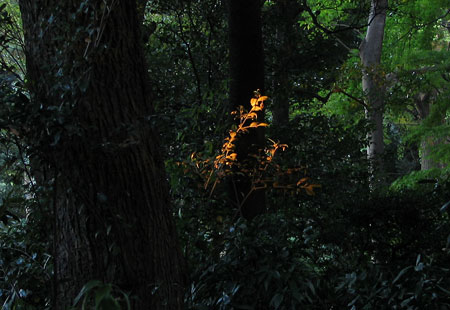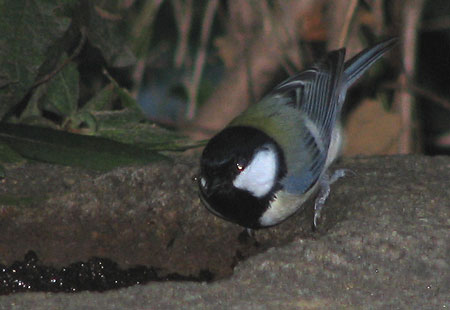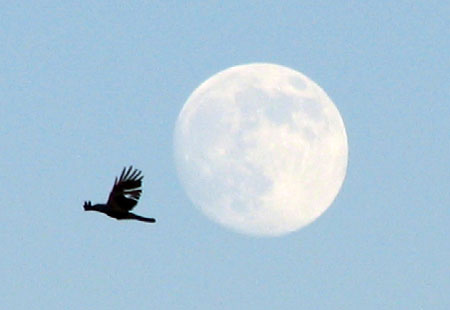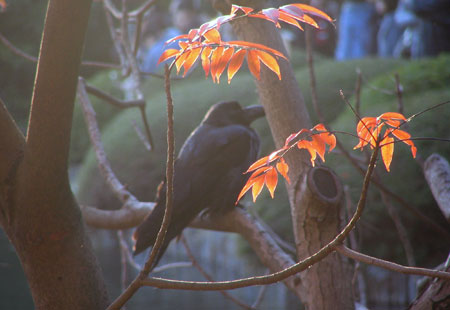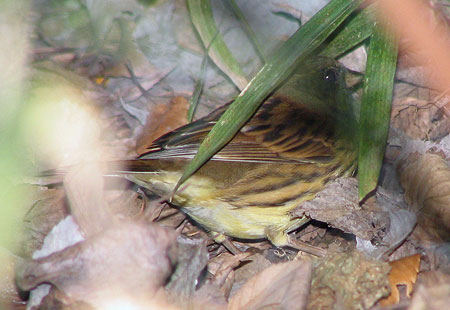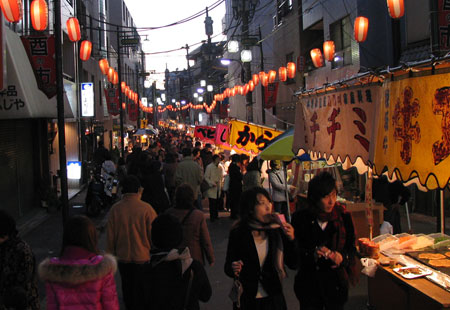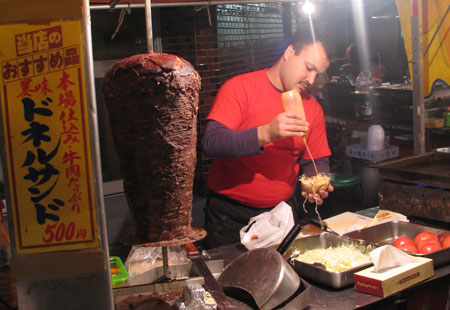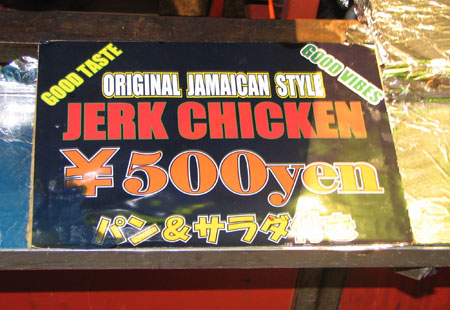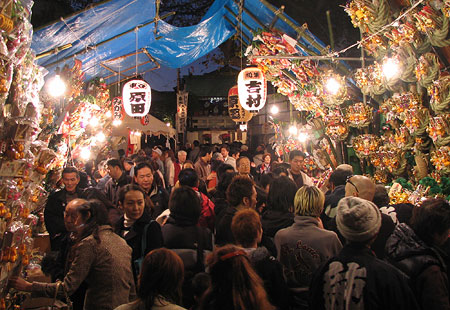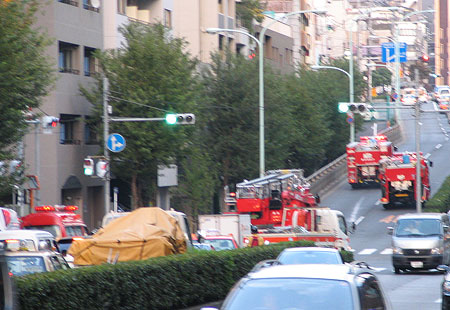There is a new entry in Snopes.com which analyzes an email about Canada’s health care system. The writer claims to be a Canadian, but in the first two sentences s/he mentions both Hillary Clinton and Michael Moore, so you are immediately guaranteed that this is a right-wing screed likely to contain wild exaggerations and outright lies. And that’s pretty much exactly what Snopes finds.
It seems that most claims about socialized health care, from both sides, tends to be idealized. There is both good and bad, and when it comes down to it, far fewer differences between the systems than either side would like to admit. One big difference, however, is that in countries with socialized medicine, you at the very least get universal or near-universal access to health care, with both the good and the bad included. Costs, errors, wait times, etc. tend to be the same, except with socialized insurance more people are covered for essentially the same price to the country as a whole, which is a big reason I support the idea.
Here in Japan, I am on the Kokumin Hoken, or the “National Health Insurance” (NHI) plan. It’s the plan you sign up for yourself. There is another system (Shakai Hoken, or “Social Health Insurance”) which depends on co-payments from your employer. Both pay for 70% of all non-cosmetic medical costs, and those costs are kept low because the government here sets prices for treatment. Most doctors, clinics, and hospitals accept National Insurance; it’s not hard to find a place which has what you need.
Let me give you a recent example. A few weeks back, I started developing a few scotomas (blind spots) in my eyes. Having just moved to Ikebukuro, I went to the closest big hospital, Otsuka Hospital, for the first time. I was signed up with minimal paperwork and saw a doctor within one hour, despite having no appointment. (In fact, I do not recall ever having been made to wait more than three hours in a hospital in all my time in Japan.) The doctor did a preliminary exam to make sure that nothing serious or preventable was going on, and arranged for an appointment two days later for a visual field test and further consultation. I came back for the second appointment, took the tests (again within an hour, including the 30 minutes I had to wait for the pupil-dilation drops to take effect). The doc found nothing wrong, but just in case, scheduled me for appointments with their Internal Medicine department to see if arteriosclerosis was a problem (perhaps limiting blood circulation to my retinas), and a follow-up exam and tests a few days after that. Appointment scheduling was a bit crowded, so I would have to wait two weeks for them.
Total out-of-pocket costs (the unpaid 30%) for the two initial visits: $30.
But within a week after those visits, the scotomas seemed to be getting a bit worse, and I was (a) not content to wait another week and a half or so to get treated again, and (b) would have felt more comfortable with an English-speaking doctor, not to mention a specialist. On the web, I found a clinic about a 45-minute drive from home which had a Harvard Med-educated eye specialist. I called and they said that the doc would be holding a kid’s clinic on a Saturday, but I was welcome to drop by. I did, and the doc saw me within half an hour (and again, I got a clinic member card with minimal paperwork, just two minute’s writing). The doc was great, and spoke English very well. After an initial exam, he handed me off to a retinal specialist (who spoke no English but the first doc came and translated when necessary). They performed a fluorescein angiogram (injected a dye into my blood and then took many images of the retinal bloodflow), and found no blockages, leading them to conclude that the scotomas were likely caused by vascular spasms, and the blind spots would fade with time (so far, they have), with a nominal chance of some blind spots remaining. They prescribed medication to help bloodflow and prevent further spasms, and made an appointment for me to visit again the following Saturday.
Total cost for the visit, consultation by two specialists, pupil dilation, fluorescein angiogram, and one week of medicine: $45.
Keep in mind that these were initial visits without an appointment, I was admitted either on the spot or for the next day, never waited for more than one hour, and received prompt treatment from specialists.
This is not to say that all medical treatment in Japan is so great; what it does mean is that you can shop around and find the doctor and/or clinic/hospital that is right for you. You’re never locked into a specific doctor or location, you can see any doc at any location you want, so long as they accept the National Insurance. In my experience, you can usually find the medical service you want and need.
Did I mention that it includes dental? I found a great, U.S.-trained dentist in central Tokyo, speaks English, does great work, and is similarly cheap, but has up-to-date equipment in a nice, clean office, even with a great view of parkland while you’re worked on. And they do good work, too.
Despite not covering cosmetic work (you’ll have to pay full price to replace upper incisors, for example, even if it’s not literally cosmetic), you can sometimes find ways around it. I had a largish mole under my lower lip that would bleed a lot if cut shaving, and I worried about cancer and so forth; I went to a clinic about it, and though they found nothing wrong with it, they volunteered to give laser treatments to get rid of the mole entirely. This was somehow covered and cost little, with good results.
My biggest gripe: no preventive medicine that I can find. The insurance does not cover regular comprehensive checkups. However, you can get around that by going to the hospital and giving a complaint that would result in specific tests which, combined, could get similar results to a general checkup.
Premiums are in the form of a “tax” (not not rolled into other taxes, it’s paid separately), which is approx. 8.5% of your income, with a cap of ¥530,000 ($4600) per year. Alas, I have just reached that cap, and so pay the maximum amount. There are a lot of other aspects and benefits to the program I haven’t gotten into (or needed personally yet).
If you’re healthy and never need work, it can be a hassle to see all that money go to the system. But if you need to see docs relatively often, and you want coverage in case of something catastrophic, I think it’s a fantastic program. Of course, your mileage may vary.
 In America, you hear of lawsuits by the RIAA to sue for “damages” by 70-year-old grannies downloading gangsta rap at 2:00 am, so as to recover the “lost revenues” due to piracy. You don’t really hear that in Japan so much. Yes, movie theaters always play the “Save Our Movies” anti-piracy movies, but they’re a joke. The image at right is from the latest campaign. The first had a girl crying black tears which became a pirate’s skull; the second had a comically stupid series of images of a dastardly movie pirate stealing films to the terror of those around him. You’d think that the RIAA was making inroads into Japan.
In America, you hear of lawsuits by the RIAA to sue for “damages” by 70-year-old grannies downloading gangsta rap at 2:00 am, so as to recover the “lost revenues” due to piracy. You don’t really hear that in Japan so much. Yes, movie theaters always play the “Save Our Movies” anti-piracy movies, but they’re a joke. The image at right is from the latest campaign. The first had a girl crying black tears which became a pirate’s skull; the second had a comically stupid series of images of a dastardly movie pirate stealing films to the terror of those around him. You’d think that the RIAA was making inroads into Japan.
